In May of this year, Grade 11 York House student Nicole was one of two students awarded the Intel Foundation Young Scientist Award of $50,000 while attending the Intel International Science and Engineering Fair (Intel ISEF). Selected from 1,700 high school students representing over 75 countries, the Young Scientist Award recognizes students for their commitment to creating innovative solutions to the problems of tomorrow.
Millions of students worldwide compete each year in local and school-sponsored science fairs for an opportunity to showcase their independent research at the Intel ISEF Competition which is the world’s largest international pre-college science competition. What caught their attention was the simple and inexpensive diagnostic device that Nicole developed for HIV detection that could prove to be a game-changer for developing countries battling this deadly virus.

The device is disposable, electricity-free, provides results in an hour and should cost less than US$5 to produce. The device can detect the virus in babies under 18 months old and adults who have been infected for less than three months. It can also detect the virus as soon as one week after someone has become infected. For low-income communities, this could drastically improve their ability to combat the high rate of undiagnosed HIV infection. Quick diagnoses can help reduce the number of patients who don’t realize they could infect others. The earlier a patient’s infection is detected, the quicker treatment can begin.
Speaking to her motivation for developing this technology, Nicole comments, “For me, the ultimate objective has always been to see my test being applied in an everyday setting where it can make a difference.”
The development of this device didn’t happen overnight and there is still more research and production work to be done before it will be ready to go to market. Nicole first started her research on HIV testing after participating in a science camp at UBC two summers ago where they were working on microfluidics and nucleic acid testing. From there she read as much research literature as possible and began to connect the dots. She then created her own project proposal which she sent to researchers and HIV professors. In Grade 10, she applied to attend her first ISEF. Held in Los Angeles that year, this is where she first started her preliminary proof of concept studies for her current HIV research.
“It was an extremely intercultural experience with so many students from countries like South Korea, Australia, Serbia and Romania competing at such a high level of competition. You have 1,800 students and judges and you are asked to present hundreds of times over the course of the competition to various judges,” says Nicole.
While the development of this device is truly remarkable, the steps that she has taken to ensure the feasibility of this device are equally impressive. Nicole has already founded her own company, OneWorld Diagnostics, to facilitate the complexities of making this device a reality. With the money she received for the Intel award as well as a previous grant of US$100,000, she has been able to seed the continued development of the device.
Over the summer, Nicole is furthering her research while at Stanford University as a visiting student and has hired researchers through a consortium of three separate labs (one focused on HIV and two focused on microfluidics) to help expedite the research. Simultaneously, she is also engaging with independent consultants, business advisors and manufacturers to ensure that she addresses any technical or distribution issues.
Commenting on her need to think beyond the science of her device, Nicole says, “Looking back I don’t even recognize myself from where I started and where I am now — I have just run with the opportunities presented to me.”
“As a scientist, you can become blinded by feasibility. Some may pursue an idea that lacks commercial viability so you need to be business oriented as well. I don’t pursue something that has a dead end. I created my own company, I have been seeking both public and private funding and I have also been addressing any intellectual property concerns and obtaining the necessary regulatory approvals,” say Nicole.
It may surprise you to know that while science is very clearly Nicole’s passion, it wasn’t until Grade 8 that she entered her first science fair. What led her to science may also seem quite surprising — it was her love of creative writing.
“I started creative writing in Grade 1 at York House and that generated a creative spark. It gave me the ability to relate seemingly unrelated areas and find the overlaps.”
Nicole credits her varied experiences at York House to her overall success as a young scientist.
“There are high expectations here and that has motivated me. You are also not afraid to set yourself apart. The fact that York House is an all-girls environment created an unexpected result. Thankfully it just never occurred to me that being a woman in science would present obstacles,” says Nicole.
“Age can be a barrier. When I was first starting my research I was sending emails to connect with different labs. I would not disclose my age.”
Nicole will return to York House in the fall for her final year where her age is certainly not a barrier. We can hardly wait to see what the future holds —- for our community and beyond!
Read more about Nicole in this recent article from The Province.

